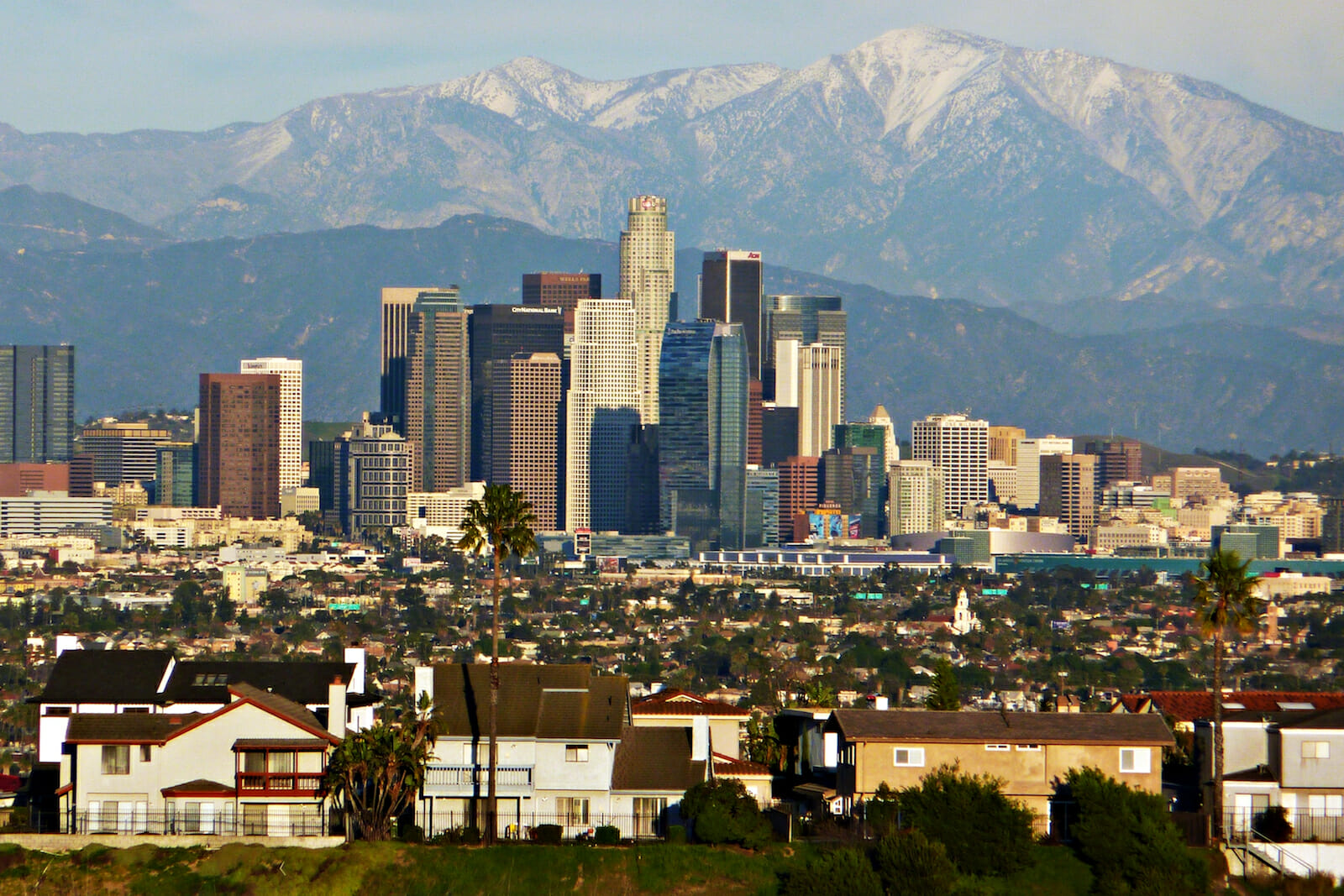
Los Angeles Is Running Out Of Room
It’s no secret that Los Angeles is grappling with a serious housing deficit. According to the U.S. Census Bureau, both home vacancy rates and rental vacancy rates have been sliding since the Great Recession. As it stands, Los Angeles does not have sufficient housing to keep pace with its population. Since 2010, Los Angeles has added nearly 240,000 residents. In fact, last year it eclipsed the 4 million mark for the first time, according to the California Department of Finance.
While renting is on the rise across the country, it is especially predominant in Los Angeles, where more than half of the homes (54%) are occupied by renters. This is the highest rate of any major metropolitan area and the fourth highest percentage in the nation, only exceeded by College Station (Texas), Athens (Georgia), and Killeen (Texas), small urban areas centered around two universities and a military base.
Aside from its soaring population and rental rates, there is the issue of housing supply. Nearly 93% of Los Angeles’ total housing supply was built before 2000, while less than 8% has been built in the last 15 years. In fact, between 2010 and 2015, less than 25,000 units have been added, according to the Census’ American Community Survey.
Los Angeles’ housing-supply stagnation has pushed home prices to levels unseen since 2007, before the unfolding of the financial crisis. The current median home value is an alarming $622,900, up nearly 9% from this time last year. Los Angeles’ housing deficit is an economical and politically charged issue. According to the recently published State of the Nation’s Housing report from Harvard’s Joint Center for Housing Studies, this city is short a whopping 382,000 units for extremely low-income renters.
The impasse has many culprits, but among the most important are the exclusionary zoning policies incited by anti-growth proponents. A growing body of research demonstrates that zoning itself is a major cause for the lack of housing, especially affordable housing. In recent months, a series of anti-development initiatives including several new fees, taxes and restrictions on development have been proposed within the City of Los Angeles. These have the potential to considerably affect new development in the area.
Measure JJJ
This Measure was passed last November, collecting 64% of the vote. It requires developers to add affordable units (11-25%) to new residential buildings and hire local construction workers. Specifically, this measure increases the costs of projects over 10 units, enforcing the implementation of union labor wages and creating an increase of roughly 35% in construction costs.
Measure S
After a bitter and costly battle over the future of development that gripped Los Angeles most of last year, the proposed Measure S was overwhelmingly defeated on election night last month, amassing only 31% of the vote. Measure S targeted the infamous practice of “spot zoning” by barring Los Angeles officials from altering the General Plan — a document that governs development across the city — to make way for individual projects in areas they would alternatively be banned and would have imposed a moratorium of up to two years on building projects that require zone changes.
Linkage Fees
These proposed fees are, in essence, a way to make real estate developers pay for affordable housing and are expected to generate around $75 million to $92 million annually. If passed, they would fund the construction of new affordable housing units, as well as the rehabilitation and preservation of existing affordable units. Several cities throughout the country have already imposed linkage fees, including San Francisco, Oakland, Sacramento, West Hollywood, Santa Monica, San Diego, Chicago and Boston. These fees are levied on developers building residential and commercial projects, requiring them to pay $5 per square foot of commercial space built, and $12 per square foot of residential space.
This anti-development climate has, without a doubt, fueled ambivalence within the market and domestic investor anxiety. However, foreign investors face different economic conditions, offering the prospect to act as a potential catalyst to a downturn in this market. Events such as China’s economic slowdown, unrest in the Middle East, and tumbling oil prices have driven global capital flight toward quality.
Balancing the aversion to risk with a demand for higher yields, investors are shifting to the U.S. as a safe haven for their assets. Los Angeles remains, without a doubt, a darling among Chinese investors, trailing only New York and San Francisco in terms of popularity among American investment opportunities. Last year, Los Angeles amassed over $1.5 billion of total Chinese investment in American real estate. However, even though investors remain bullish on Los Angeles, it may be challenging to exceed the amount of money spent there last year.

